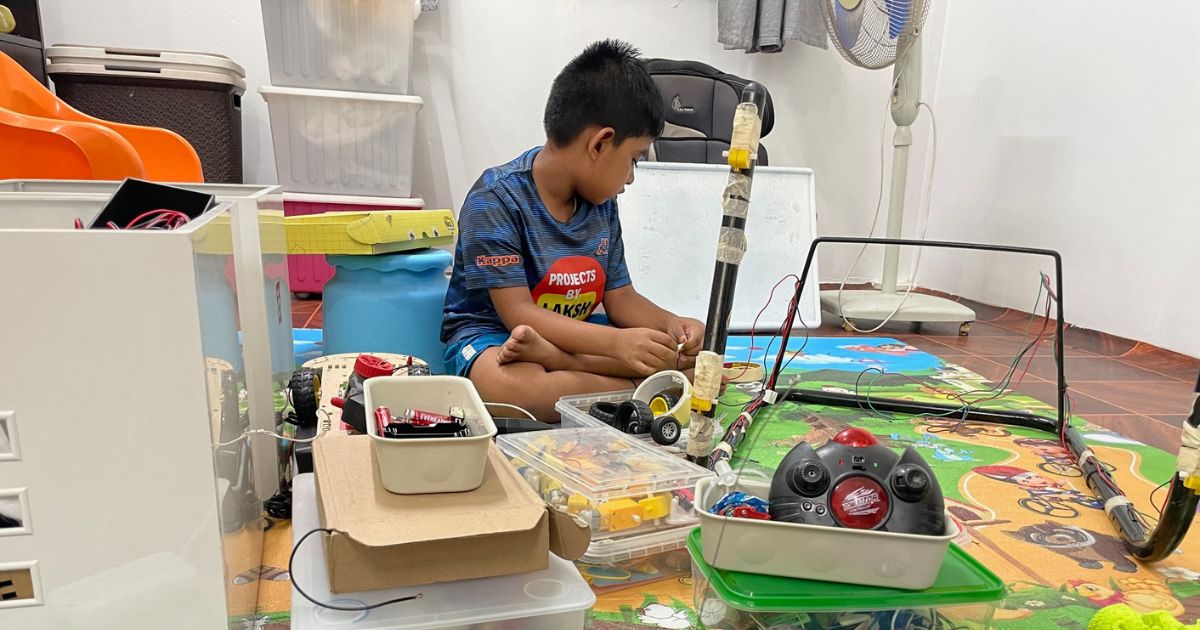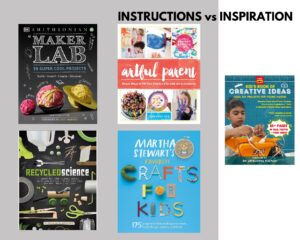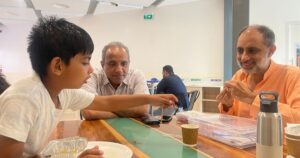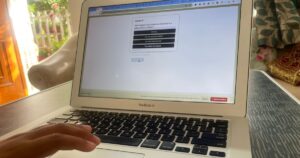Move beyond structured, linear way of education
Hello, fellow parents and educators! Today, I want to share with you the learning journey of my son, Laksh, and how his self-directed learning has opened up a world of possibilities for him. As a father, I have come to realize that traditional education may not always be the best fit for every child. The structured path laid out by schools may be convenient for educators, but it can often feel unnatural and limiting for students.
Self-directed learning, on the other hand, is a non-linear approach that allows children to explore their interests and learn at their own pace. It encourages them to take ownership of their education, fostering curiosity, creativity, and a lifelong love for learning. I firmly believe that this method of learning has the potential to unlock a child’s full potential.
Embracing a Random Learning Journey
One of the key aspects of self-directed learning is embracing a random learning journey. Instead of following a predetermined curriculum, I encourage Laksh to learn things in a completely random fashion. This may seem unconventional, but it has proven to be an incredibly effective way for him to develop a wide range of skills and knowledge.
Let me share an example with you. Laksh has always been fascinated by do-it-yourself (DIY) projects. One day, he came to me with an idea to build a remote-controlled table. Instead of dismissing it as a mere playtime activity, I saw it as an opportunity for him to learn and grow.
Together, we made a plan and listed out the components needed for the project. This simple task of identifying the required components turned into a valuable learning experience. Laksh had to research and understand the purpose of each component, its functionality, and how it would contribute to the overall project.
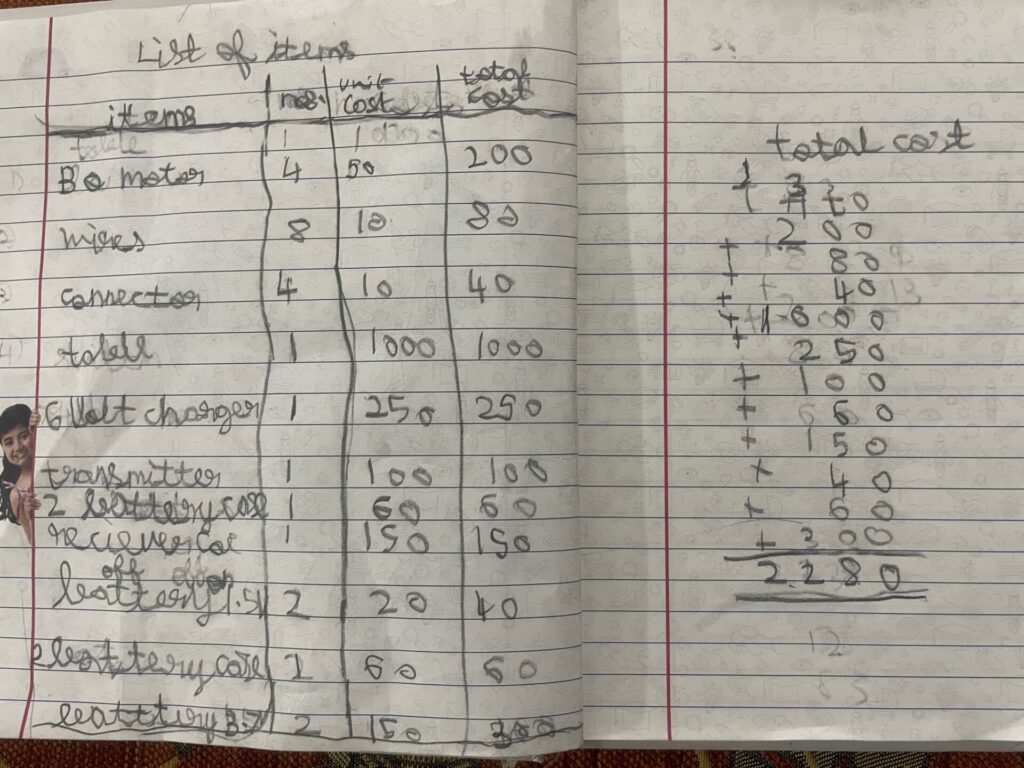
But the learning didn’t stop there. Laksh took it upon himself to delve deeper into the project. He started putting together a list of the quantity and cost of each component, calculating the total cost of the project. Suddenly, what seemed like a fun DIY project turned into an accelerated mathematics lesson for my six-year-old.
Learning Through Real-World Experiences
This experience with Laksh’s DIY project has shown the power of learning through real-world experiences. Traditional education often focuses on theoretical knowledge, disconnected from practical application. However, self-directed learning encourages children to apply their knowledge in real-life situations.
For instance, Laksh’s remote-controlled table project required him to not only understand the technical aspects but also develop problem-solving skills. He had to troubleshoot and make adjustments along the way, learning from his mistakes and finding innovative solutions.
Moreover, self-directed learning allows children to explore their passions and interests. It gives them the freedom to choose what they want to learn and how they want to learn it. This intrinsic motivation fuels their curiosity and keeps them engaged in the learning process.
Nurturing a Love for Lifelong Learning
As Laksh’s father, I am committed to nurturing his love for lifelong learning. Self-directed learning has become an integral part of our lives, and I encourage all parents and educators to embrace this approach.
By allowing children to take control of their education, we empower them to become curious, independent thinkers who are not afraid to explore new ideas and concepts. We create a generation of lifelong learners who are equipped with the skills and mindset necessary to thrive in an ever-changing world.
So, let’s break free from the confines of traditional education and embark on a journey of self-directed learning with our children. Let’s encourage them to learn in a completely random fashion, following their passions and exploring the world around them. Together, we can create a brighter future for our children, one where their potential knows no bounds.


